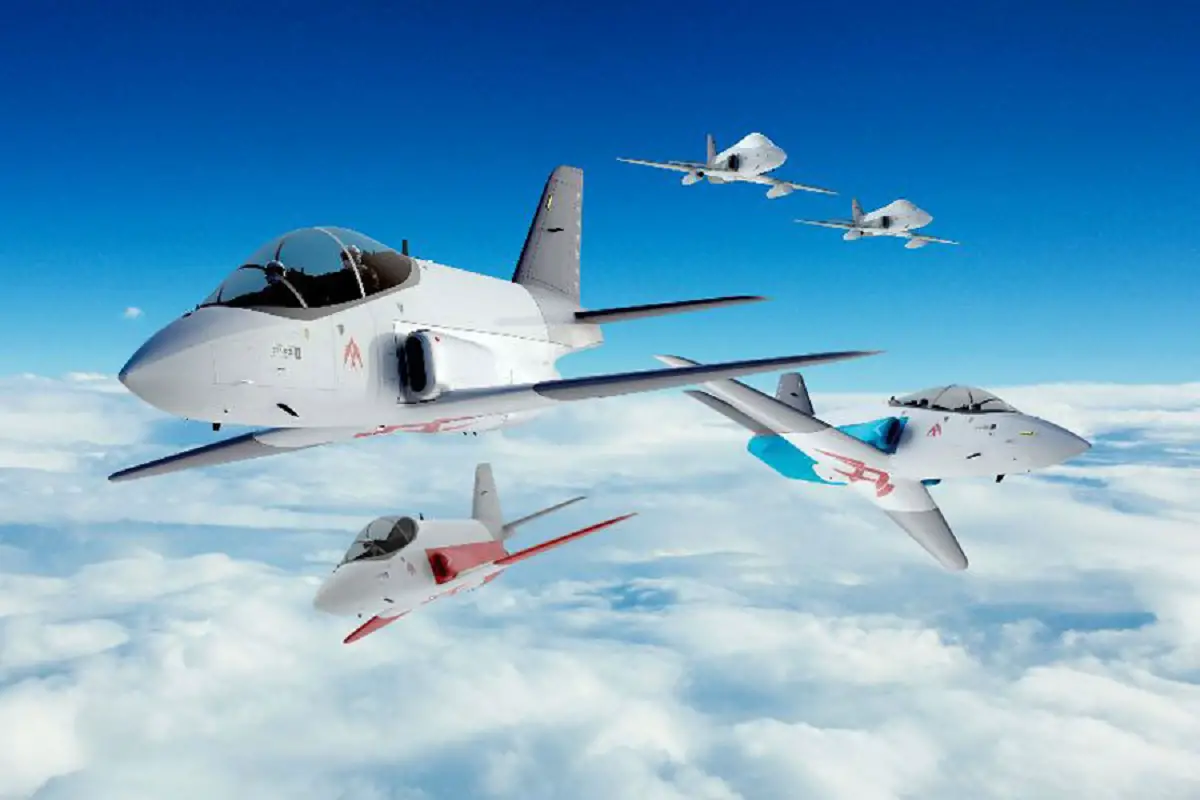AERALIS unveiled the designs for the first variants of their revolutionary modular light jet aircraft including its Advanced Jet Trainer which will be the first design to go into production. This next-generation design of the Common Core Fuselage (CCF) will be the backbone of the company’s future aircraft fleet. From the start, AERALIS’s modular principles have been central to the design of the aircraft. This guiding principle has resulted in a revolutionary design, made to operate across a number of different markets. Following AERALIS’s recent design review, chaired by Sir Julian Young, the new light jet aircraft will have a first-of-its-kind wing architecture consisting of an inner wing and an outer wing to ensure manoeuvrability at both low and high speeds – giving the aircraft transonic capability.
“I am incredibly proud of the work the AERALIS team has done to develop this cutting-edge design which represents a significant offering in the military light jet market. The modular design provides the AERALIS jet with maximum flexibility whilst including a first-of-a-kind design to enhance aircraft performance. I look forward to quickly progressing the aircraft to its next stage,” Tristan Crawford, founder and CEO, AERALIS said.

Flexibility is also at the core of the new aircraft design allowing for multiple configurations including Advanced Jet Trainer, Aggressor, Companion, ISTAR, and Tanking options. Each of these aircrafts will be based on the CCF, to allow customers to acquire additional modules to change the use of the platform. This new aircraft will feature a sleeker design, providing room for additional fuel supply alongside electronic capabilities to increase the aircraft’s resilience and maintainability whilst providing overall performance gains. Changes to the aircraft fuselage design and new wings will remove the need for bespoke landing gear seen in the previous iteration. This development means the aircraft will use commercial off-the-shelf landing gear which increases maintainability, further reducing the aircrafts’ maintenance costs.
AERALIS’s modular cockpit also provides a wide range of functions. The single-seat configuration will offer additional room to fit Electromagnetic Warfare (EW) capabilities or additional fuel payload, whilst the dual seat adds an additional pilot. Alongside this, the implementation of a full combat radar in the nose cone of the aircraft offers both combat effectiveness for ISTAR and EW configurations, as well as real-world preparation when used during training. The launch of the design for the AERALIS jet marks a major milestone towards the market availability of this aircraft later in the decade.















